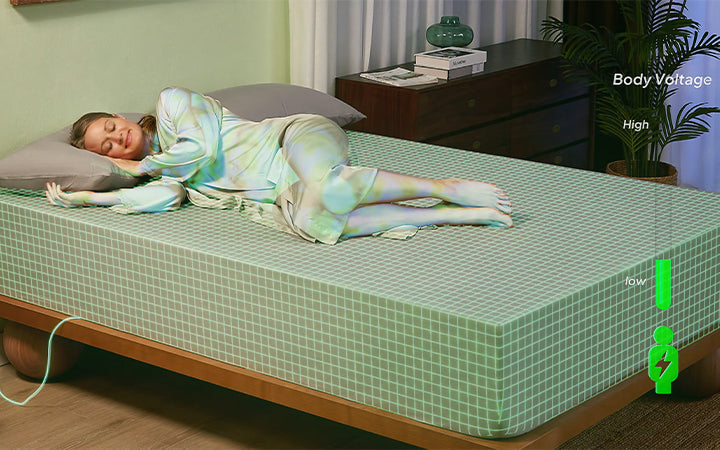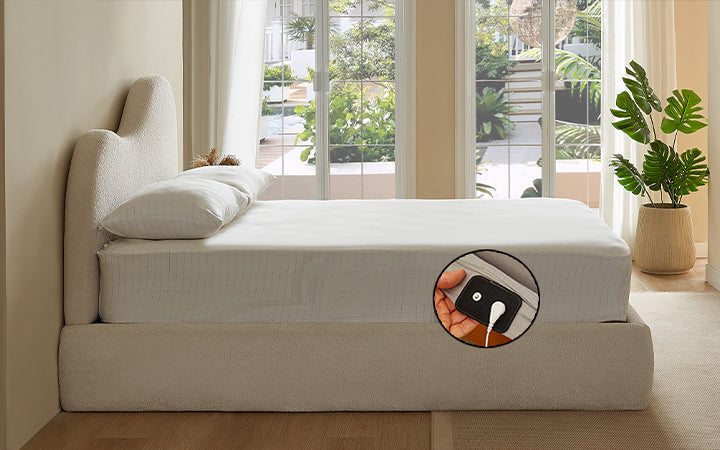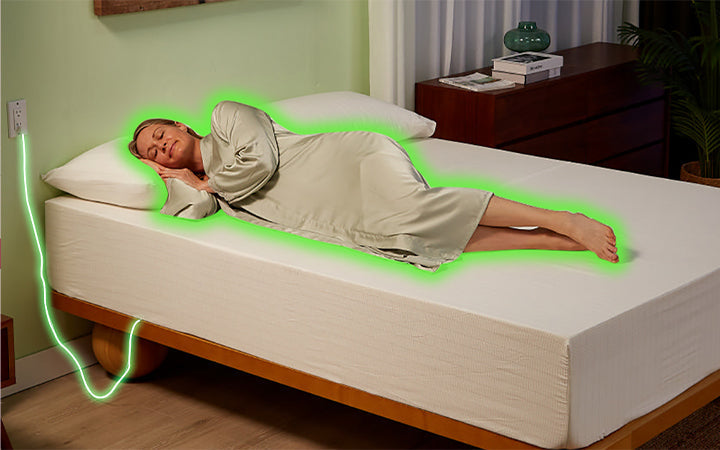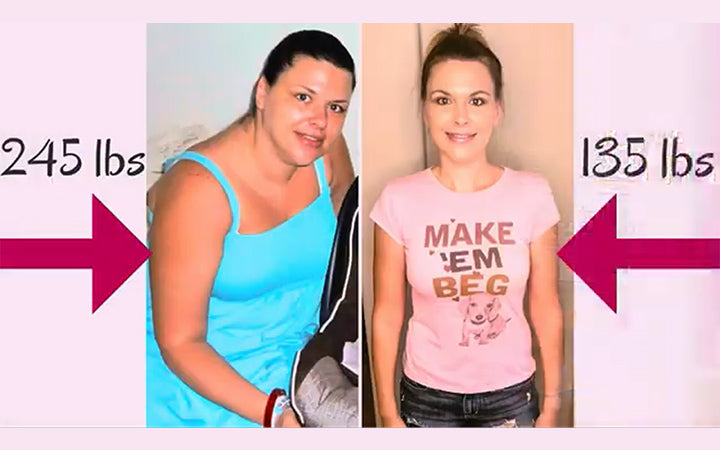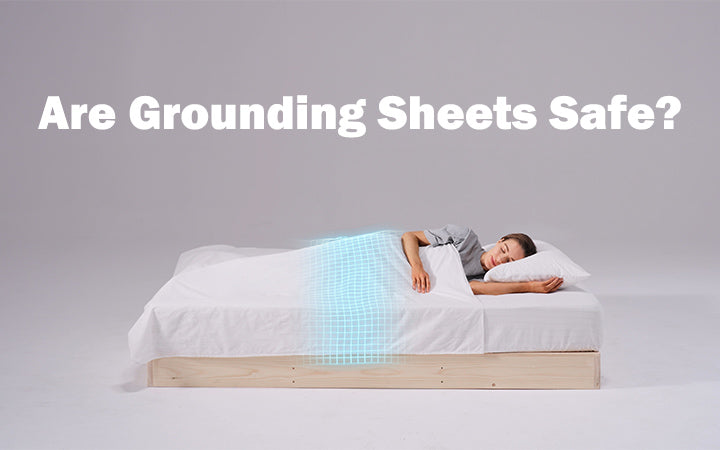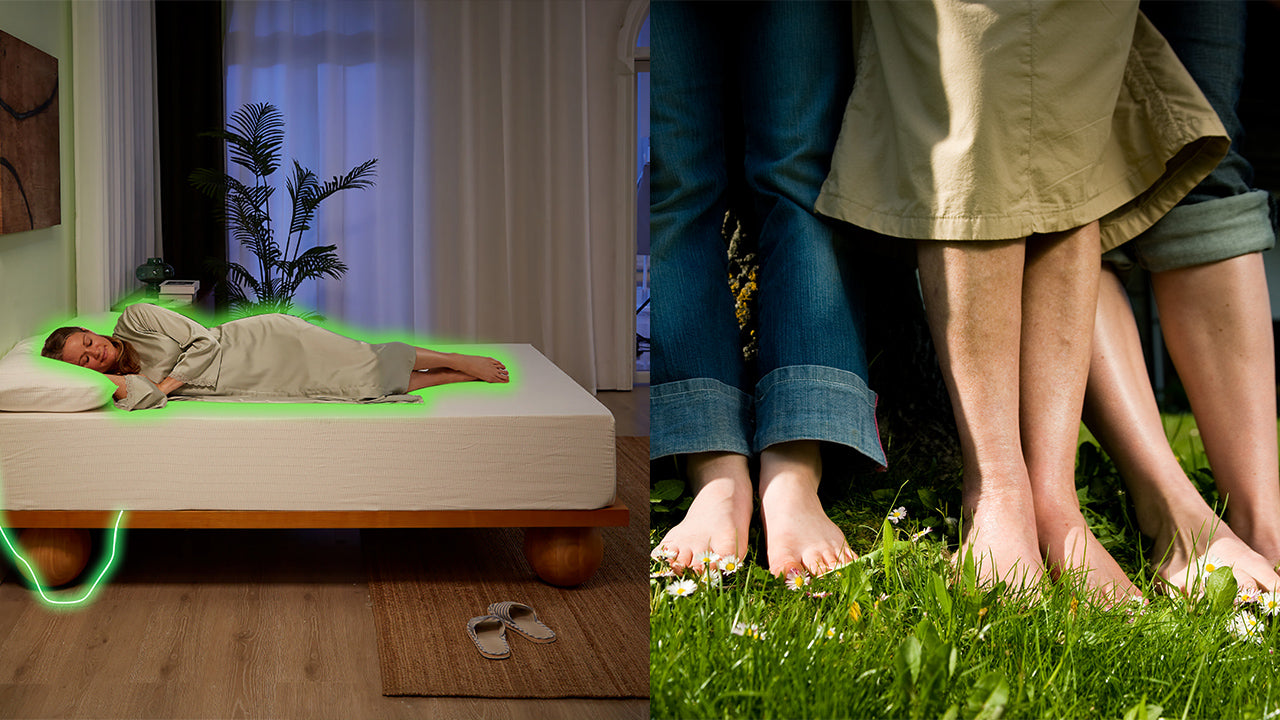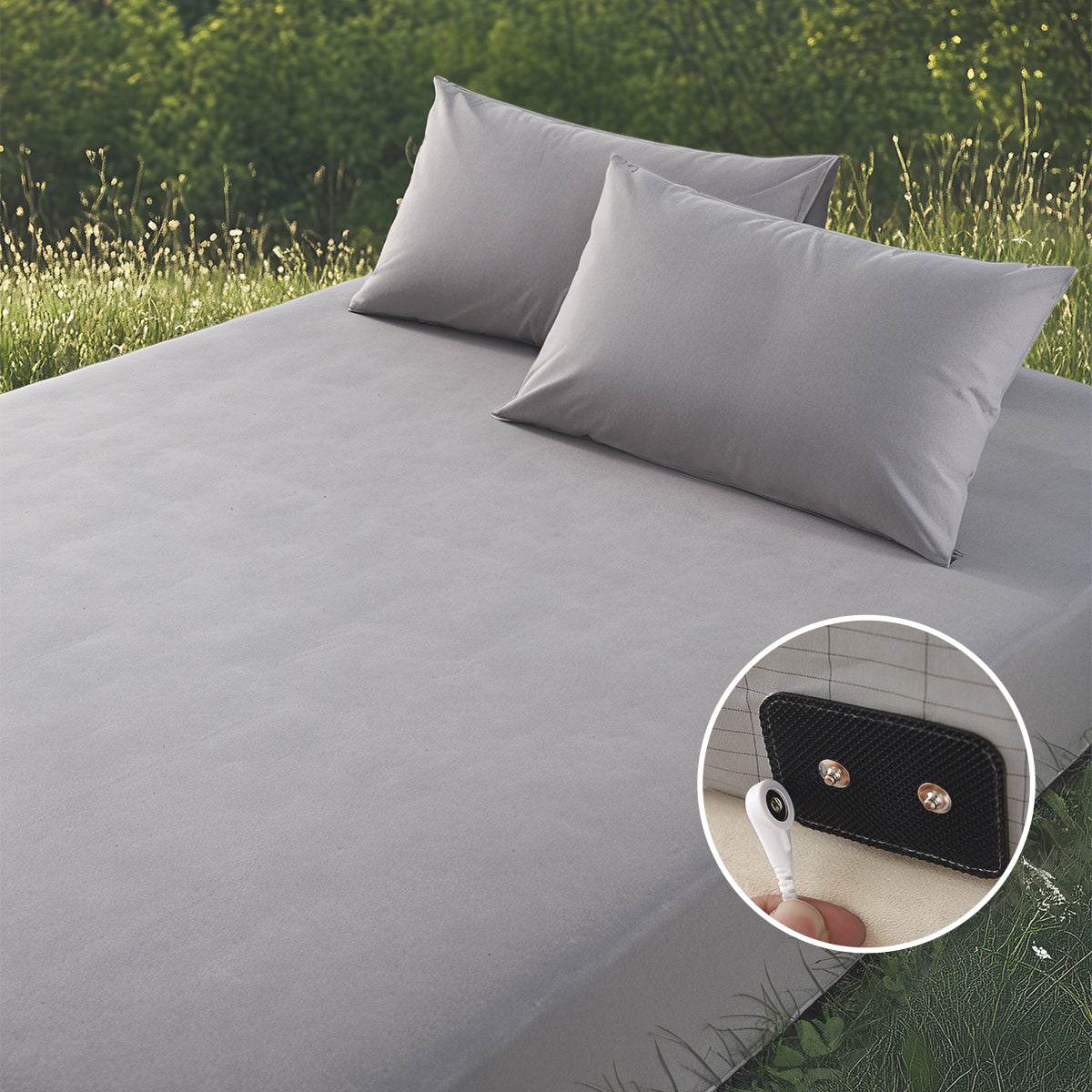Are There Side Effects or Drawbacks to Using Grounding Sheets
The idea behind a grounding sheet is to reconnect your body to the Earth's natural energy while you sleep. Beyond the potential benefits, it's practical to understand what using one is really like. This means looking at possible side effects, ensuring it's used safely, and knowing who should be cautious. This guide walks through those points clearly so you have the information you need.

Are There Side Effects or Drawbacks to Using Grounding Sheets?
For most people, using a grounding sheet is completely safe and won't hurt them in any way. Some people say there are possible side effects, but they aren't medical problems like you might think of with medicine. They should really be called practical concerns. There are a few main types of these points. Some people feel strange but harmless feelings during the initial adjustment period. Other points are just about making sure the product is set up correctly and kept up properly over time. There is a very small chance that some people will also be sensitive to the magnetic materials on their skin. The best way to ground for a good experience is to think of these things as small things that you can handle.

Tingling and Fatigue During the Initial Adjustment Period
A short time of getting used to it is what most new users say they go through. Most people don't feel anything, but some people do notice certain physical feelings as their body changes. These feelings are usually mild, only last a short time, and can be put into two main groups.
Mild Tingling and Warmth
A small tingling or feeling of warmth is something that new users often say. Most of the time, this is just the feeling of your body connecting with the ground for the first time after being away from it for a long time. This feeling goes away after a few uses because your body gets used to it.
Temporary Flu-Like Symptoms or Fatigue
A smaller number of people report what some call a "detox response." This can feel like mild, temporary flu-like symptoms. These may include:
- Fatigue
- Headaches
- Body aches
Some people think this is because the body's inflammation processes are returning to normal, but the exact reason for this is still unknown. This is usually nothing to worry about if it happens to you. To ease into it is an easy fix. Start by only using the sheet for an hour or two a day. As you get used to it, you can add more time as needed. This gives your body more time to get used to the changes.
Skin Sensitivity and Allergic Reactions to Grounding Sheet Materials
Because a grounding sheet must conduct energy, it is woven with metallic threads. This means the material of the sheet is an important factor for comfort and safety, especially for those with sensitive skin.
Allergic Reactions to Conductive Metals like Silver
High-quality grounding sheets almost always use silver thread for its superior conductivity and antimicrobial properties. A silver allergy is not common, but for the small number of people who have it, prolonged contact can cause skin irritation, such as redness or itching. If you know you have a sensitivity to metals, this is something to consider.
The Groundingtime Solution: Hypoallergenic Bamboo and Medical-Grade Silver
To address concerns about skin sensitivity, Groundingtime developed its Bamboo Grounding Fitted Sheet. The design combines two key materials:
- Hypoallergenic Bamboo Fabric: Bamboo is naturally soft, breathable, and gentle, making it an excellent choice for sensitive skin.
- Medical-Grade Silver Threads: These threads provide reliable conductivity while being integrated into the comfortable bamboo fabric.
This combination provides an effective grounding experience while significantly reducing the risk of skin irritation, making it a suitable option for nearly everyone.
Electrical Safety Concerns of Grounding Sheets
It's natural to worry about electricity safety when you think about plugging your bedsheet into a wall outlet. But grounding sheets are made with a basic safety feature that keeps you from getting an electric shock if you use them right.
Grounding Is Not Electricity
Each hole in a normal three-prong outlet is used for a different thing. Power comes from the two upright slots. The round third pin is the ground port. This port is a safety feature that links straight to the ground; it does not carry live electricity. A grounding sheet cord is only meant to plug into this ground port. It then makes a safe connection to the ground, not your home's power source.
How to Confirm Your Setup is Safe
You can be confident in your setup by following two simple steps.
- Test Your Outlet: Use a basic outlet checker (often supplied with the grounding sheet) to confirm your wall outlet is correctly wired and grounded. This is the most important step. If the outlet is not properly grounded, the sheet will not work.
- Inspect the Cord: Occasionally check the cord for any signs of damage or fraying, just as you would with any other electrical cord.
Grounding Sheet Safety: Medical Precautions for Specific Groups
For most healthy adults, grounding is a very safe practice. However, if you have certain pre-existing medical conditions or are pregnant, it is always best to speak with your doctor before trying something new.
Individuals with Implanted Electronic Devices or on Specific Medications
You should consult your physician before using a grounding sheet if you fall into any of the following groups:
- Individuals with pacemakers or other implanted electronic medical devices.
- Those taking blood-thinning medications, as grounding may influence blood viscosity.
- Those on thyroid medication, as changes in the body’s inflammatory or hormonal state could potentially affect medication dosage.
Your doctor can provide guidance based on your specific health situation. As mentioned earlier, grounding can cause physiological adjustments, so professional medical advice is essential to ensure these changes do not interfere with your treatment. Never change your medication dosage without your doctor’s instruction.
Pregnant Women
There is no research indicating that grounding is harmful during pregnancy. However, because specific studies on this group are limited, consulting with your doctor or midwife before you begin is the most sensible course of action.
What to Expect and What to Do If You Don't Feel a Difference
Not feeling a dramatic change right away when using a grounding sheet is a common experience, and it doesn’t mean the product isn't working. Individual results can vary widely, and the effects are often subtle and cumulative. Here’s a deeper look at what to expect and what you can do.
Why Experiences Vary
Several factors can influence how quickly or intensely you feel the effects of grounding:
- Your Baseline Health: Someone dealing with significant sleep issues, stress, or inflammation may notice more dramatic improvements than a person who is already in excellent health.
- Body Awareness: Some people are naturally more sensitive and attuned to subtle shifts in their body's state than others.
- Lifestyle Factors: High levels of daily stress, a poor diet, or inconsistent sleep patterns can sometimes mask the gentle, restorative effects of grounding.
It's a Gradual Process, Not an Instant Fix
Grounding helps the body return to its natural state of balance, which is inherently a gradual process. Think of it like improving your diet; you won't feel the full benefits after one healthy meal, but the cumulative effect over weeks is significant.
A helpful tip is to keep a simple journal. Before you start, jot down notes on your sleep quality, energy levels, and any aches or pains. Revisit these notes after a few weeks of consistent use. You might be surprised to see slow but steady improvements that you otherwise would have missed.
Practical Steps to Take If You Don't Feel a Difference
If you’ve been using the sheet for a while and feel no change, go through this checklist before drawing any conclusions:
- Check Your Setup: Use an outlet tester to re-confirm your outlet is properly grounded. Ensure the cord is snapped securely onto the sheet and plugged firmly into the outlet adapter.
- Ensure Good Skin Contact: Grounding relies on direct contact. Make sure your bare feet, legs, or another part of your body are resting directly on the sheet. Body lotions, oils, and even very heavy pajama fabrics can sometimes act as a barrier.
- Stay Hydrated: Proper hydration supports your body's natural conductivity. Make sure you are drinking enough water throughout the day.
- Be Patient and Consistent: The most crucial factor is consistency. Commit to sleeping on the sheet every single night for at least 30 days. Many of the most reported benefits, like deeper sleep and reduced inflammation, become most apparent over a longer period.
Grounding: Part of a Healthy Lifestyle, Not a Cure-All
Finally, it's important to have a balanced perspective. A grounding sheet is a powerful tool to support your body's health, but it is not a magic bullet. Its benefits are best realized when it is one component of a healthy lifestyle that also includes good nutrition, regular movement, and proper sleep hygiene.

Begin Your Grounding Practice with Knowledge!
Grounding sheets are a safe and simple technology for most people. Understanding the potential for a brief adjustment period, the importance of material selection for skin sensitivity, and how to use and maintain the sheet properly allows you to have a positive experience. Armed with this knowledge, you can decide if grounding is the right supportive tool for your wellness routine.
